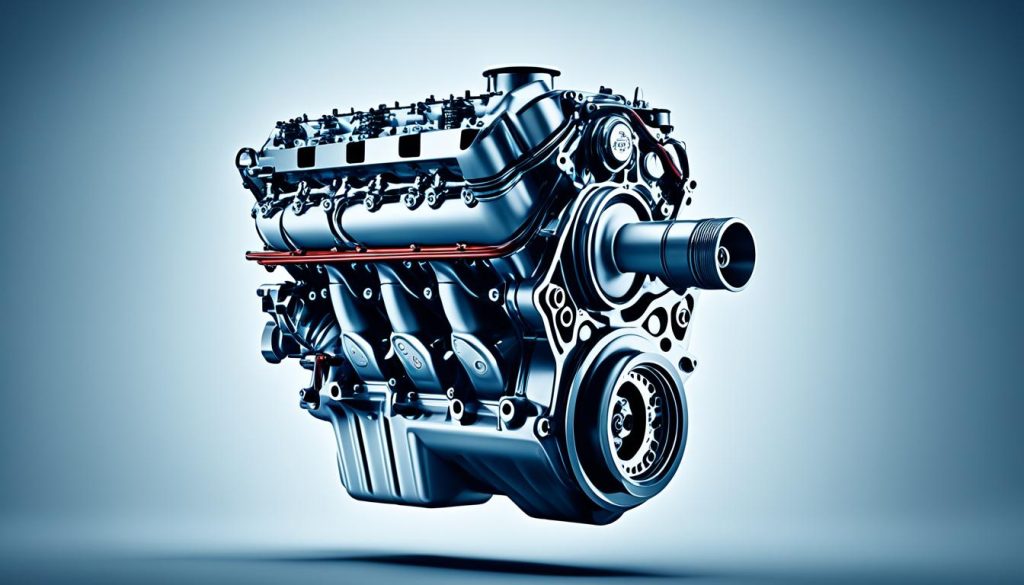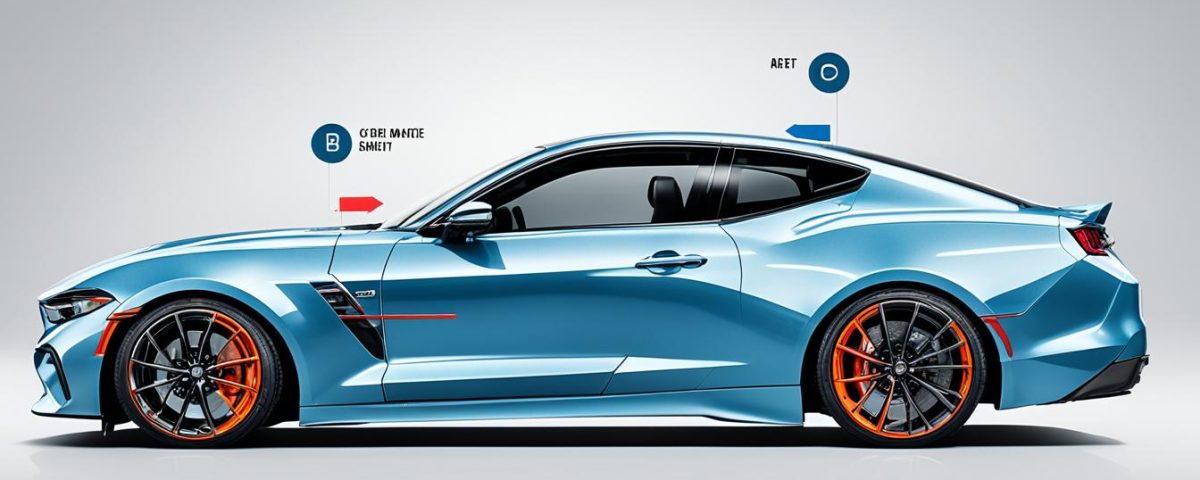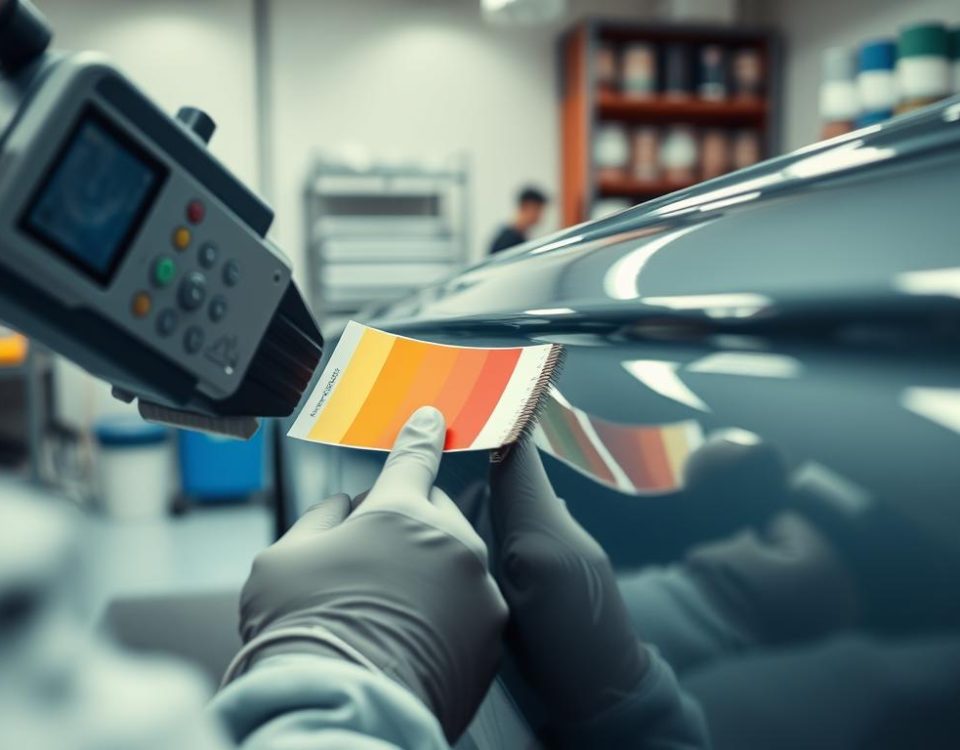- Auto Body Repair - Collision Center
- Leon Valley (210) 680-1987
- Walzem at IH 35 (210) 858-3630
- info@miraclebp.com

Understanding Auto Body Repair Estimates

The Environmental Impact of Auto Body Repair
When it comes to repairing your vehicle, choosing the right parts can make a significant difference in terms of quality, reliability, and overall performance. Two primary options you may encounter are OEM (Original Equipment Manufacturer) parts and Aftermarket parts. Understanding the differences between these options is essential for making an informed decision that meets your needs.
In this article, we will explore the distinctions between OEM and Aftermarket parts, comparing their quality and reliability. Whether you’re a car enthusiast looking for top-notch performance or a budget-conscious individual seeking reliable replacements, we’ve got you covered.
Key Takeaways:
- OEM (Original Equipment Manufacturer) parts and Aftermarket parts are two primary options for vehicle repairs.
- OEM parts are made by the original manufacturer and are often considered the gold standard for quality and reliability.
- Aftermarket parts are produced by third-party manufacturers and offer a wide range of options, varying in quality and reliability.
- Consider factors such as performance requirements, budget, and long-term reliability when deciding between OEM and Aftermarket parts.
- Miracle Body and Paint provides high-quality parts and expert service for your collision repair needs.
Understanding OEM Parts
In this section, we will delve into the world of OEM parts and explore the benefits they offer for your vehicle repairs. OEM stands for Original Equipment Manufacturer, and these parts are designed and produced by the same manufacturer that originally built your vehicle.
OEM Parts are known for their exceptional quality comparison and unmatched part reliability. They are built to meet the exact specifications and standards set by your vehicle’s manufacturer, ensuring a perfect fit and optimal performance.
When it comes to quality comparison, OEM parts are the gold standard. They are made using high-quality materials and undergo rigorous testing to ensure they meet the highest standards of performance and durability. This means that you can trust that the OEM parts you choose will deliver the same level of performance as the original parts that came with your vehicle.
Choosing OEM parts for your repairs also ensures part reliability. Since OEM parts are made specifically for your vehicle, they are designed to work seamlessly with its systems and components. This ensures that you maintain the original performance and safety features of your vehicle, providing you with peace of mind on the road.
When you opt for OEM parts, you can have confidence in the quality and reliability of every component. Whether you need a new engine part, body panel, or electrical component, OEM parts are the ideal choice for maintaining the integrity of your vehicle.
Next, let’s explore the world of Aftermarket parts and understand how they compare to OEM parts.
The Advantages of OEM Parts:
- Guaranteed quality and reliability
- Precision fit for optimal performance
- Compatible with your vehicle’s systems and components
- Maintains the original performance and safety features of your vehicle
Exploring Aftermarket Parts
In this section, we will delve into Aftermarket parts and uncover their unique attributes and characteristics. When it comes to vehicle repairs, there are two primary options to consider: OEM (Original Equipment Manufacturer) parts and Aftermarket parts. While we have already discussed OEM parts extensively in the previous section, let’s now shift our focus to exploring Aftermarket parts and the factors associated with their quality and reliability.
Aftermarket parts are components that are produced by companies other than the original manufacturer of the vehicle. They are designed to be compatible with specific makes and models, offering an alternative solution to OEM parts. The Aftermarket parts market is vast and diverse, allowing vehicle owners to choose from a wide range of options for their repair needs.
Quality comparison: One of the main considerations when choosing Aftermarket parts is the varying degrees of quality available in the market. While some Aftermarket parts may match the quality of their OEM counterparts, others may fall short in terms of durability and craftsmanship. It is crucial to research and select reputable brands and suppliers that offer high-quality Aftermarket parts.
Part reliability: Another important aspect to consider is the reliability of Aftermarket parts. While OEM parts are designed to meet strict quality standards set by the original manufacturer, the quality control of Aftermarket parts can vary. It’s essential to ensure that the Aftermarket parts you choose are reliable and can perform effectively in your vehicle, providing the same level of functionality and safety as OEM parts.
The Benefits and Drawbacks of Aftermarket Parts
Aftermarket parts come with their own set of advantages and disadvantages. Let’s take a closer look at both:
- Advantages of Aftermarket Parts:
- Cost-effectiveness: Aftermarket parts are often more affordable than OEM parts, making them an appealing option for those looking for more budget-friendly repairs.
- Availability: The Aftermarket parts market offers a wide selection of components, making it easier to find the specific part you need for your vehicle.
- Customization: Aftermarket parts provide opportunities for customization, allowing you to personalize your vehicle and enhance its performance to suit your preferences.
- Quality inconsistency: As mentioned earlier, the quality of Aftermarket parts can vary. Some may not meet the same level of quality and performance as OEM parts, potentially leading to issues down the line.
- Lack of warranty: Unlike OEM parts that often come with warranties, Aftermarket parts may not offer the same level of warranty coverage.
- Compatibility concerns: While Aftermarket parts are designed to be compatible with specific makes and models, there may be instances where fitment issues arise, requiring additional adjustments or modifications during installation.
When deciding between OEM and Aftermarket parts for your vehicle repairs, it is essential to carefully evaluate your specific needs, budget, and expectations. Consult with your trusted mechanic or collision repair center to gain insights into the best course of action based on your unique circumstances and vehicle requirements.

Conclusion
After carefully considering the differences between OEM and Aftermarket parts, it’s clear that quality and reliability play a crucial role in the decision-making process.
OEM parts, being manufactured by the original equipment manufacturer, are often seen as the gold standard due to their precise fit, superior craftsmanship, and assurance of compatibility with your vehicle. These parts undergo rigorous testing and adhere to strict quality standards, ensuring optimal performance and longevity for your repairs.
On the other hand, Aftermarket parts offer a wider range of options and can be more affordable. However, there may be variation in their quality and reliability due to the diversity of manufacturers and lack of standardized testing processes.
When it comes to choosing between OEM and Aftermarket parts, it ultimately depends on your needs, budget, and personal preferences. If you prioritize peace of mind and want assurance of top-notch quality and part reliability, opting for OEM parts is the way to go. However, if cost is a significant consideration and you are open to potential variation in quality, Aftermarket parts might be suitable.
At Miracle Body and Paint, we understand the importance of using high-quality parts for your vehicle repairs. We offer a wide range of OEM and Aftermarket parts, ensuring that you have options that align with your needs and budget. Our experienced technicians are ready to provide you with expert service, using reliable and top-quality parts, to restore your vehicle back to its pre-collision condition. Trust us with your collision repair damage and experience the difference.


